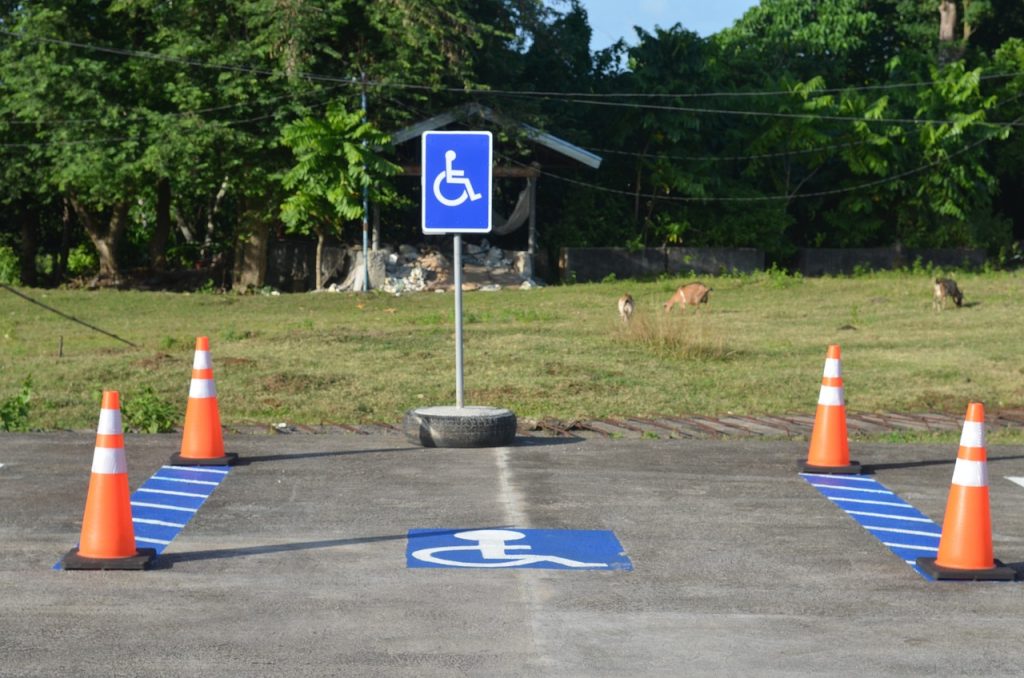
Feeling nervous behind the wheel is extremely common — especially for new drivers. Whether it’s fear of making mistakes, driving in traffic, or the responsibility that comes with controlling a vehicle, driving anxiety can be overwhelming. But the good news is, it’s also completely manageable.
With the right strategies, mindset, and practice, you can turn fear into confidence. This guide offers practical, beginner-friendly tips to help you overcome driving anxiety and become a more comfortable, capable driver.
1. Understand Your Anxiety Triggers
Before you can tackle your anxiety, it helps to understand what causes it. Ask yourself:
- Are you afraid of making mistakes in front of others?
- Does merging onto highways make you panic?
- Are you nervous about hurting someone or damaging your car?
- Do you feel anxious when someone else is watching, like an instructor or passenger?
Once you know your triggers, you can work on addressing them one by one — rather than feeling overwhelmed by everything at once.
2. Start Slow and Build Confidence Gradually
One of the most effective ways to overcome fear is to ease into it. Don’t pressure yourself to do everything at once.
Try this progression:
- Practice in empty parking lots to get comfortable with the controls.
- Move on to quiet residential streets with minimal traffic.
- Gradually introduce light traffic, then heavier roads, then highways.
- Repeat each level until it feels manageable.
Tip: Track your progress. Even small wins — like parking straight or driving through one intersection — deserve celebration.
3. Choose a Calm, Supportive Instructor or Driving Partner
Whether you’re taking lessons or practicing with a family member, the person beside you matters. Choose someone who is:
- Patient and calm
- Willing to explain things without getting frustrated
- Encouraging, not critical
A tense instructor or a nervous parent can increase your stress. A good instructor knows how to build your confidence slowly and help you stay grounded when you make mistakes.
4. Learn and Practice Mindfulness Techniques
Anxiety often leads to overthinking or feeling physically tense. Using simple calming techniques before and during your drive can help you stay relaxed.
Try These:
- Deep breathing: Inhale for 4 seconds, hold for 4, exhale for 6.
- Progressive muscle relaxation: Relax your shoulders, unclench your jaw, and rest your hands lightly on the wheel.
- Positive affirmations: Tell yourself, “I can do this. I’m in control.”
These techniques are especially helpful before parallel parking, merging, or taking a test.
5. Don’t Expect Perfection — Mistakes Are Part of Learning
Fear of failure is a huge part of driving anxiety. But no one — not even seasoned drivers — drives perfectly all the time. You will stall, forget a signal, or take a corner too wide. That’s normal.
Reframe Your Thinking:
- Mistakes are learning opportunities, not proof you can’t drive.
- The goal isn’t perfection; it’s safe and consistent progress.
- Focus on what you did well after each drive, not just what went wrong.
6. Practice Defensive Driving
Many beginners fear what other drivers will do — and that’s a valid concern. Learning defensive driving techniques can help you feel more in control:
- Keep a safe following distance to allow time to react.
- Scan your mirrors and blind spots regularly.
- Anticipate mistakes from others, like sudden stops or lane changes.
The more you feel prepared, the less you’ll worry.
7. Take Breaks and Set Realistic Goals
Driving while overwhelmed doesn’t help you learn — it only reinforces fear. If you feel anxiety building:
- Pull over in a safe spot and take a short break.
- Set short-term goals, like driving around the block or practicing for 20 minutes.
- Gradually increase your practice sessions as your confidence grows.
8. Consider Professional Help if Needed
If driving anxiety is intense or interfering with your daily life, it might help to talk to a therapist. Cognitive-behavioral therapy (CBT) is especially effective for phobias and anxiety. Some therapists even specialize in driving anxiety.
9. Visualize a Successful Drive
Before getting into the car, close your eyes and picture yourself:
- Adjusting your mirrors
- Starting the engine smoothly
- Navigating turns confidently
- Parking successfully and ending your drive calmly
Visualization helps train your brain to associate driving with control and success, not fear.
10. Be Kind to Yourself
Learning to drive is a process — and anxiety doesn’t mean you’re not capable. Many confident drivers once felt the same fear you do. It’s not about being fearless; it’s about moving forward despite fear.
Remind Yourself:
- “I’m learning. I don’t have to be perfect today.”
- “Every time I practice, I improve.”
- “This fear is temporary. Confidence will come.”
Final Thoughts
Driving anxiety is completely normal — and it’s something you can overcome with time, practice, and the right mindset. By starting small, building your confidence gradually, and using simple mental tools, you’ll learn to feel more at ease behind the wheel.
Remember: Every confident driver started as a nervous beginner. You’re not alone, and with patience and persistence, you’ll get there too.
